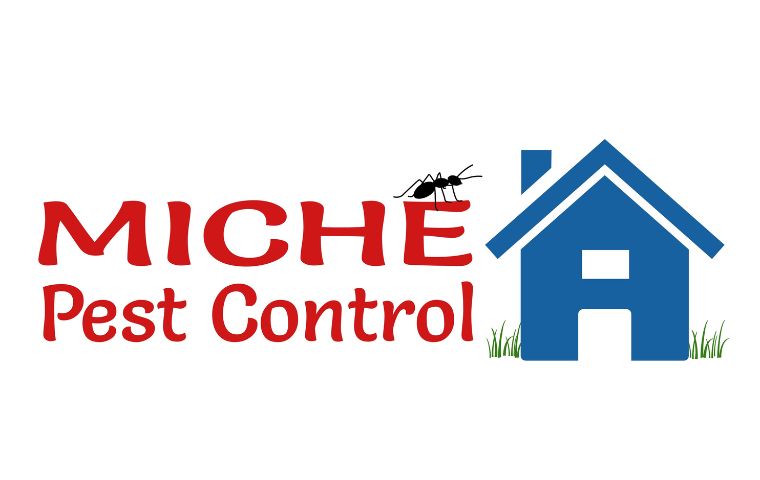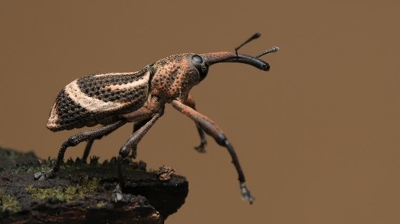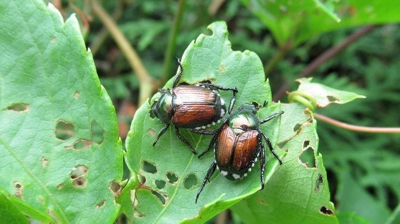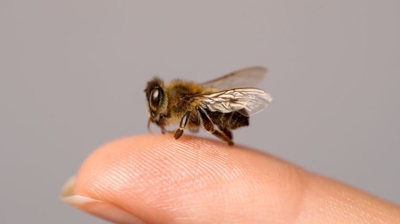
Washington DC Pest Control

Washington DC Pest Control Services
Wood Destroying Insect Services
General Home Bug & Insect Services
- Ant Control
- Bee Control
- Beetle Control
- Bug Control
- Centipede Control
- Cockroach Control
- Cricket Control
- Earwig Control
- Flea Control
- Fly Control
- Hornet Control
- Millipede Control
- Mite Control
- Moth Control
- Silverfish Control
- Spider Control
- Springtail Control
- Tick Control
- Wasp Control
Yard Bug & Insect Services
Rodent Services
Washington DC Exterminators
Hiring our professional exterminators in Washington, DC offers a wide range of benefits, particularly given the area's unique climate, high urban density, and variety of pests. Here are some of the advantages:
- Expertise in Local Pest Behavior and Species: Our professional exterminators operating in Washington, DC are highly familiar with the specific pests that are common in the area, including rodents, cockroaches, ants, bed bugs, termites, mosquitoes, and stink bugs. Our localized expertise allows us to quickly identify the pest species, understand their life cycles, and implement the most effective strategies for eradication and long-term control.
- Advanced Inspection and Detection Tools: Our experienced pest control professionals use state-of-the-art tools to detect infestations that may be hidden behind walls, under floors, or within foundations. For example, termite infestations often go undetected by homeowners until significant structural damage occurs. Our professionals utilize moisture meters, thermal imaging, and bait monitoring systems to catch issues early—before they escalate.
- Customized Treatment Plans: Our qualified exterminators don't apply a one-size-fits-all approach. We conduct thorough inspections and develop a treatment plan tailored to your specific property, pest type, and infestation severity. In a city like Washington, DC—where properties vary widely from historic brownstones to modern condos—this level of customization is critical for effective treatment.
- Safe and Environmentally Responsible Practices: Our professional exterminators are trained and licensed to handle hazardous chemicals safely, reducing the risk of exposure to people, pets, and the environment. In Washington, DC, which has strict environmental regulations, working with our team ensures compliance with local laws and use of EPA-approved methods. We provide eco-friendly or integrated pest management (IPM) solutions that balance effectiveness with environmental stewardship.
- Long-Term Prevention: A major advantage of hiring our professionals is access to long-term prevention strategies. Rather than simply treating the visible problem, our experts address root causes such as entry points, moisture issues, and sanitation weaknesses. We may seal cracks, install exclusion barriers, and we provide follow-up visits to ensure pests don’t return. This proactive approach is especially important in DC’s older homes and multifamily buildings where recurring infestations are common.
- Time and Cost Efficiency: While DIY pest control may seem cost-effective initially, it often leads to repeated purchases of over-the-counter products with limited efficacy. Our professionals can resolve the issue more quickly and permanently, often saving homeowners and businesses time, frustration, and money in the long run. Additionally, early intervention can prevent costly structural damage from pests like termites or rodents.
- Health Protection: Certain pests in Washington, DC pose serious health risks. Rodents and cockroaches can spread allergens and disease-causing pathogens. Bed bugs can lead to allergic reactions and mental stress. Mosquitoes can carry West Nile virus. Our professional exterminators mitigate these risks through targeted treatments that reduce pest populations and minimize exposure to health hazards.
- Discreet and Professional Service: We provide discreet, confidential services—especially important for businesses, hotels, or apartment buildings that need to maintain a good reputation. We provide flexible scheduling, and rapid response times to minimize disruption.
- Legal and Regulatory Compliance: For commercial properties, landlords, and hospitality providers in Washington, DC, working with our licensed exterminators ensures compliance with health codes, property management regulations, and tenant safety obligations. Failure to control pests can lead to fines, legal liability, and damage to brand reputation.
- Peace of Mind: Ultimately, hiring our professionals offers peace of mind. You can trust that the infestation will be handled efficiently, safely, and correctly. This is especially valuable in a high-pressure urban environment like Washington, DC, where pest issues can escalate rapidly and affect quality of life, tenant satisfaction, or business operations.

Hear From Our Happy Customers
-
"Professional & Considerate"
I’m pleased with Miche services. Jarvis came today. Professional and considerate. Thank you!
- Judy B. -
"Very Knowledgeable"
The tech that arrived was courteous, professional, and very knowledgeable. He was Great.
- Uerial I. -
"Great Communication"
Tech was on time, communication was great, and he accommodated my needs.
- Alonzo W. -
"Exceeds Expectations"
I can’t say enough positive things about this company... The tech that came out, Jarvis went above and beyond my expectations. Thank you guys, I will continue using your services.
- Jake M. -
"Wonderful Service"
Wonderful service. Jarvis is great. Took care of everything I needed. Thank you!
- Henry P. -
"Fantastic & Patient"
Jarvis was fantastic and patient. He answered my questions with an in-depth explanation and addressed all of my areas of concern. Would love for him to be my assigned tech going forward. Well done!
- Yonnette M.



